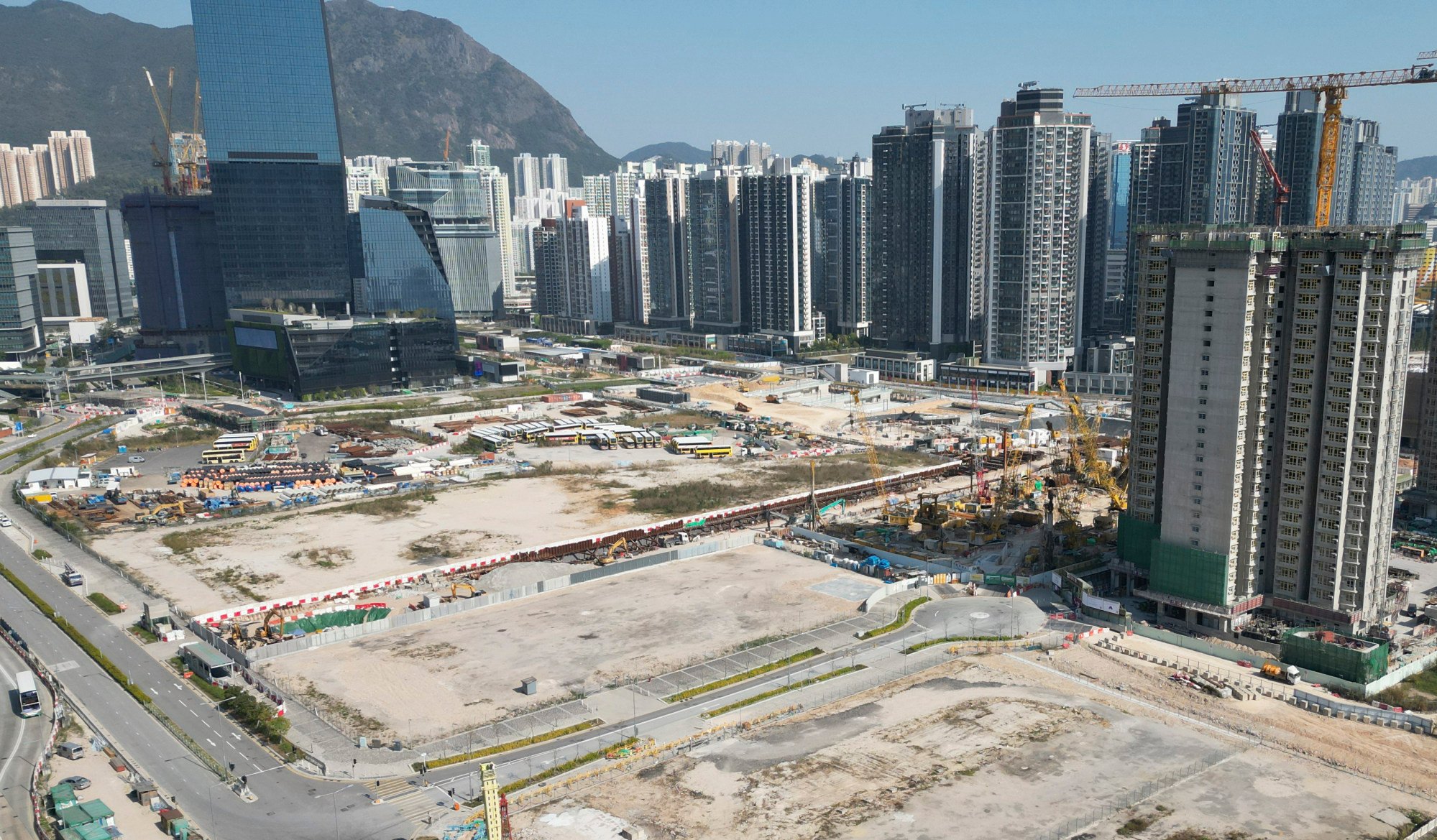
Hong Kong officials cut estimated price tag for 30,000 temporary flats by another HK$1.69 billion
- Latest estimate of HK$24.75 billion is 9.6 per cent lower than initial HK$27.39 billion forecast when government proposed ‘light public housing’ scheme last December
- Government aims to build about 30,000 temporary homes by 2027 and hopes to cut the waiting time for public flats to 4½ years
The Housing Bureau’s latest estimate of HK$24.75 billion is 9.6 per cent down on the initial HK$27.39 billion it suggested last December when the government proposed the “light public housing” scheme for families waiting for three or more years to move into a standard public rental flat.
The bureau first reduced the total cost by 3.5 per cent to HK$26.44 billion in February, and further slashed it by HK$1.69 billion in its estimate on Monday.

The bureau said it would seek HK$9.8 billion in funding from the legislature to build 13,000 temporary homes in the second stage of the scheme, on top of the HK$14.9 billion granted in March for constructing the first phase of 17,000 flats.
A source said the government would ask for less money in the second phase of the initiative as construction costs were not as high as expected after the return of the tender in the first stage.
Waiting time for Hong Kong public rental flats climbs to 5.6 years
“Compared with the estimated price, the returned tender price of the first phase is reduced by HK$3 billion, around 20 per cent. Therefore, we think the cost of the second phase can be lowered,” the insider said.
The source said the government rolled out details of the scheme at an early stage and provided more time for the market to prepare, which helped to lower the tender price.
According to a bureau document submitted to the legislature, the second batch of 13,000 flats will come from nine sites rather than four as initially suggested.
Authorities find nearly 60 Hong Kong public sector households own private homes
The government removed a site in Sheung Shui that could yield 1,100 temporary flats as it was deemed to have relatively low cost-effectiveness because of the additional expense of providing electricity and sewage facilities.
It has located a new site in Ma On Shan to build 860 homes and will construct 1,720 flats on a plot at Chai Wan, 4,200 homes in Siu Lam and another 5,620 at Tuen Mun.
It also included another five vacant or to-be-emptied schools to yield 600 flats in total.

The insider said the government could only confirm if vacant schools could be used as temporary homes in the second phase as it took time to locate such sites and negotiate with various bureaus.
Renovating schools into homes will cost around HK$500,000 per flat, while the figure for building each high-rise home has been revised to HK$590,000, HK$60,000 less than the initial estimate, according to the bureau document.
But Liber Research Community, an NGO focusing on land issues, said the government had not revealed how it calculated the figures and questioned if the reduced cost would affect residents’ living quality.
The group said the government had yet to provide a plan for the future use of these prefabricated homes, which were designed to be reused.
“They are of good value only if they can be used for a long time,” said Brian Wong Shiu-hung, a member of the NGO.
Hong Kong to relax mortgage arrangements for second-hand subsidised homes
He added that four of the five school sites were designated for public housing development in the long run according to the Planning Department and queried why permanent homes were not being built instead.
Lawmaker Doreen Kong Yuk-foon, a member of the legislature’s housing panel, said the government should have done better in estimating the cost as temporary homes built by NGOs in the past few years could have provided a reference.
Kong, who voted against the first light housing funding approval, was happy to see a cost reduction but worried residents might not be willing to move into government-built temporary housing located in remote areas.
Residents of Hong Kong’s Instagram-famous Choi Hung Estate brace for change
She was particularly concerned about the 10,000 flats on sites in Tuen Mun and Siu Lam that were not close to railway stations.
Under the first phase of the light housing initiative, the government aims to build 17,000 flats on four sites at Kai Tak, Yuen Long, Tuen Mun and Ngau Tau Kok.
The Kai Tak plot, which will yield the most flats, with 10,000, triggered the most controversy for impeding the area’s development as Hong Kong’s second central business district.
Under the scheme, the government aims to build about 30,000 homes by 2027 and hopes to cut the waiting time for permanent and temporary public flats to 4½ years by the 2026-27 financial year.
The waiting time for a permanent public rental flat is currently 5.6 years.

